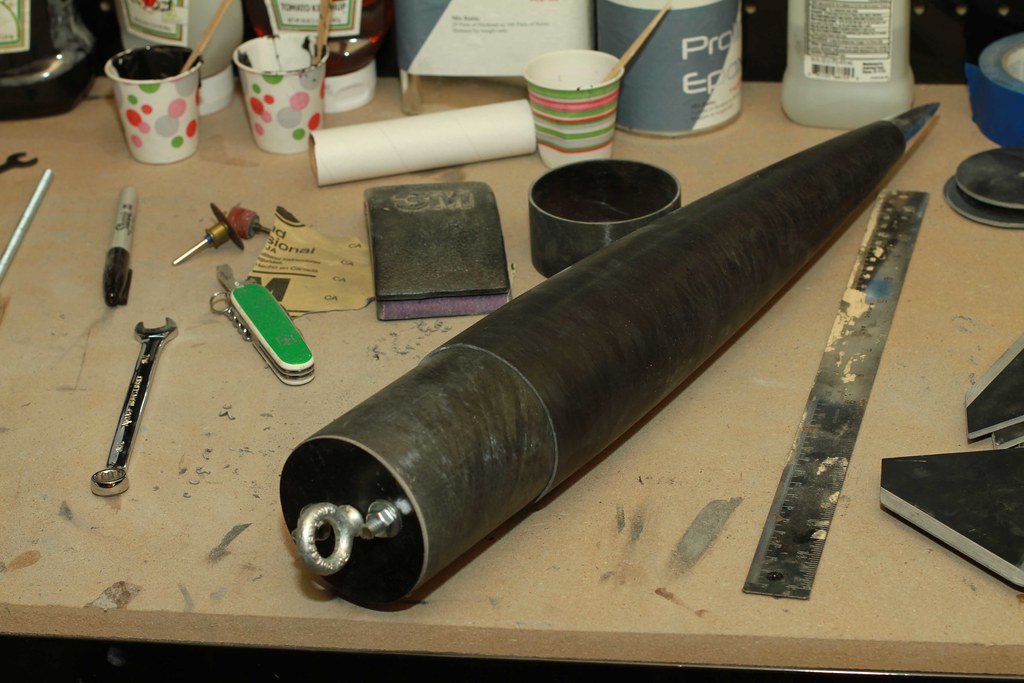https://rocketrywarehouse.com/product_info.php?products_id=135
How does the average joe attach their shockcord to a fiberglass nose cone? Epoxy in a bulkhead with ubolt? I know that's only marginally enough in MPR rockets with the phenolic NC's. Is the epoxy to fiberglass bond going to be significantly stronger than epoxy to phenolic?
How does the average joe attach their shockcord to a fiberglass nose cone? Epoxy in a bulkhead with ubolt? I know that's only marginally enough in MPR rockets with the phenolic NC's. Is the epoxy to fiberglass bond going to be significantly stronger than epoxy to phenolic?









